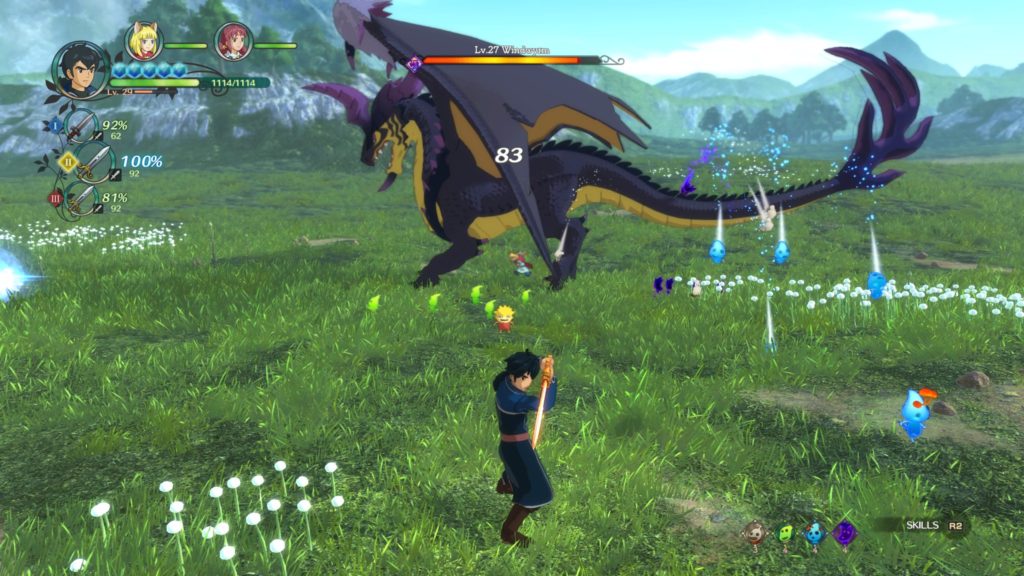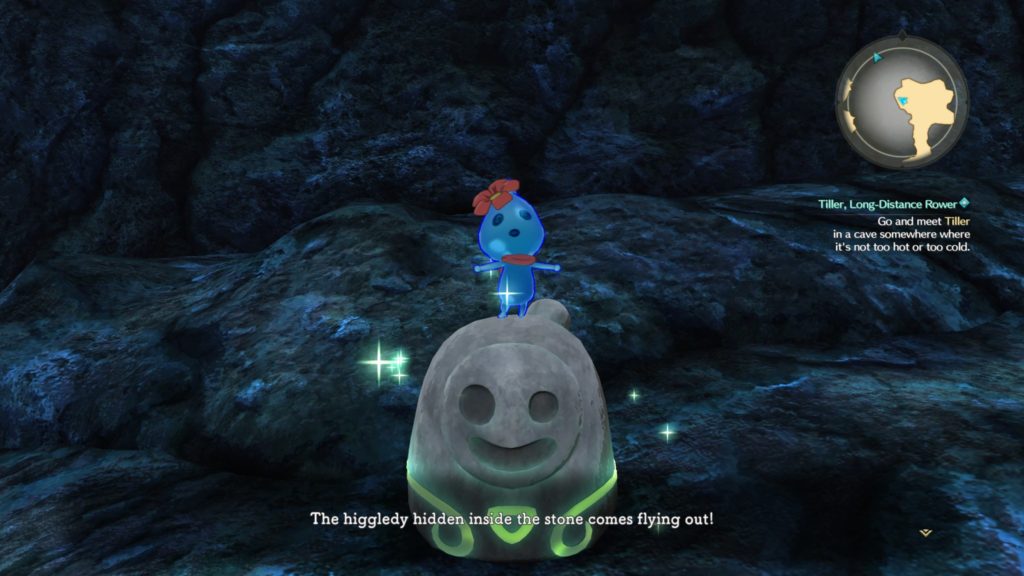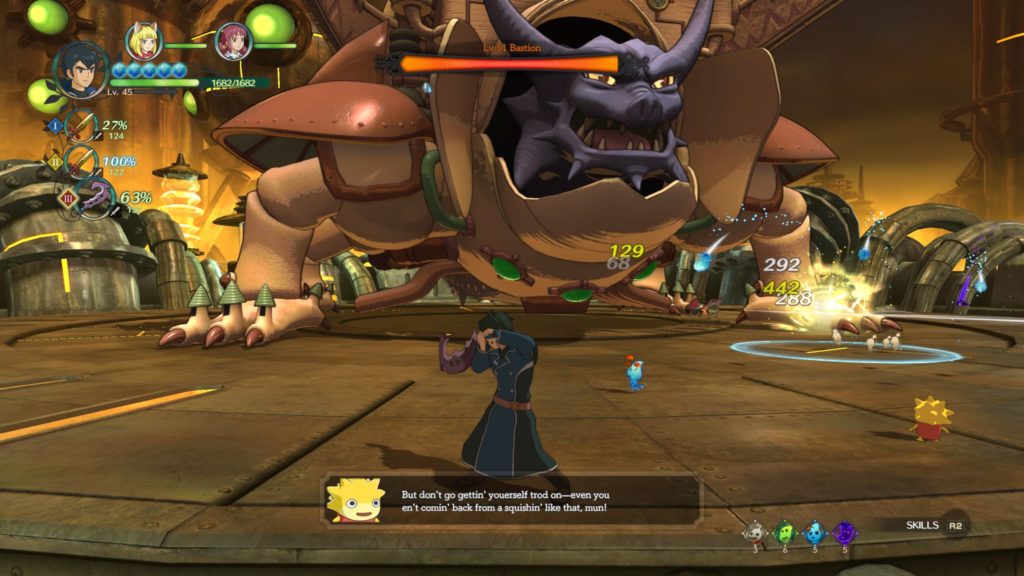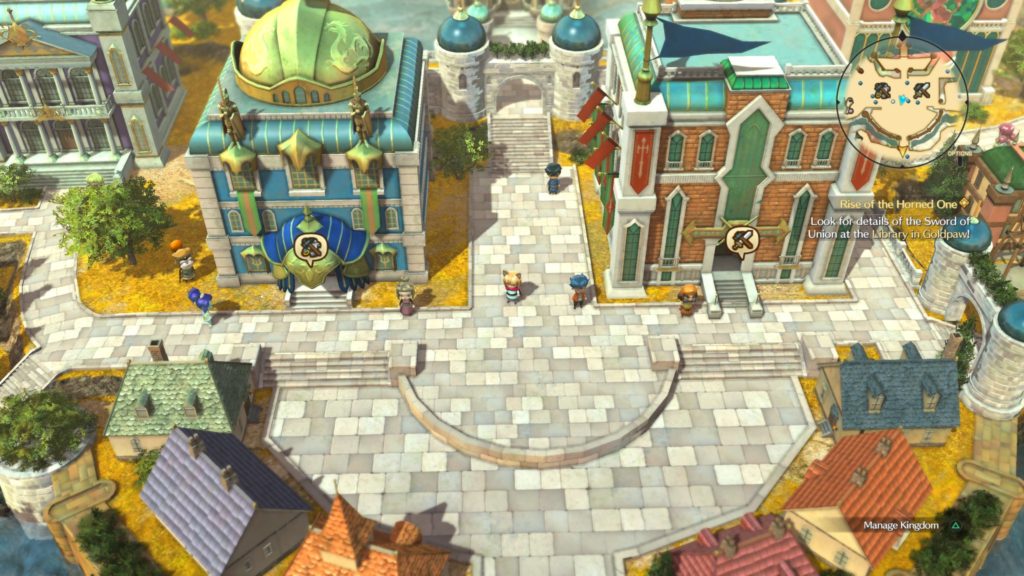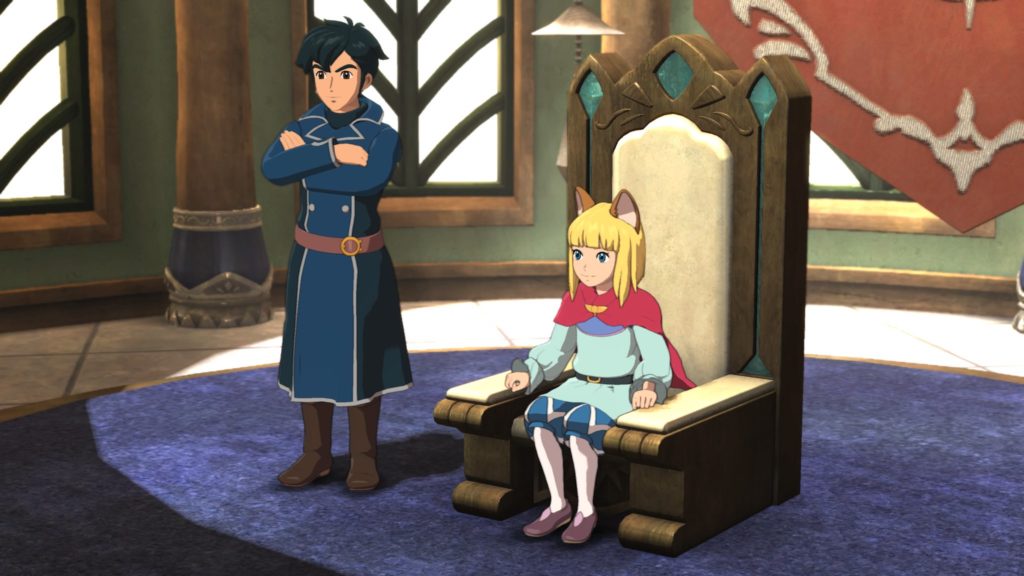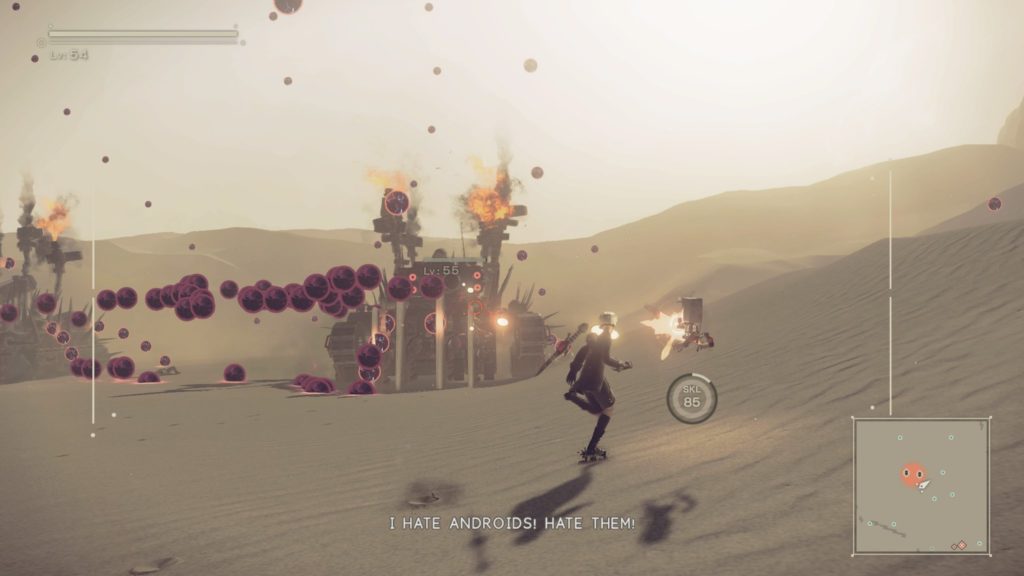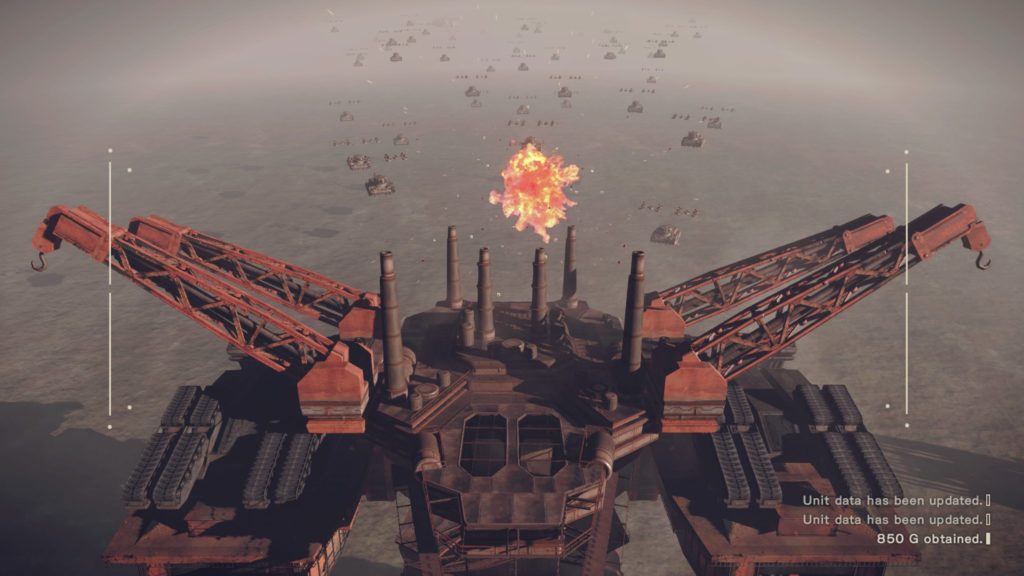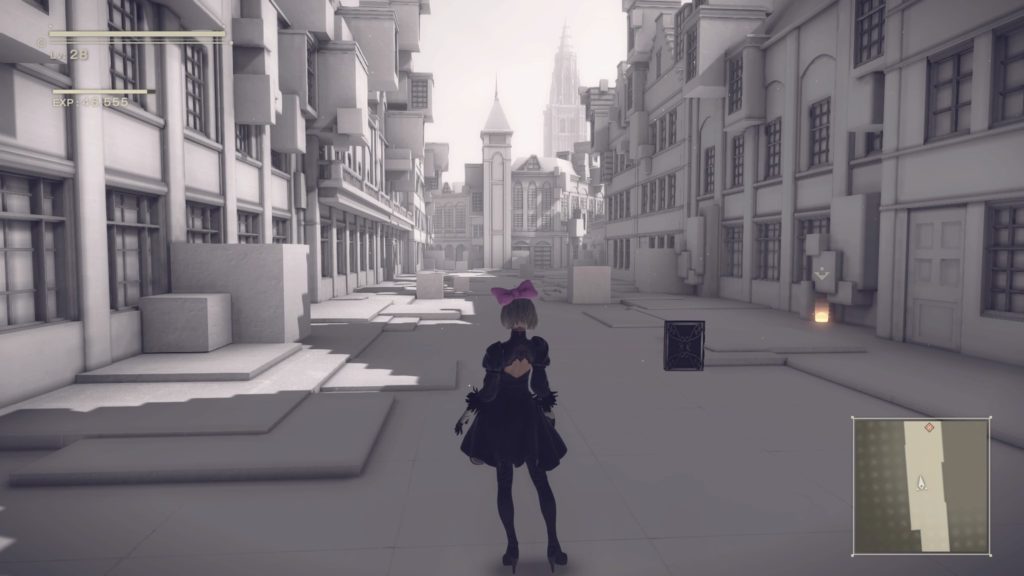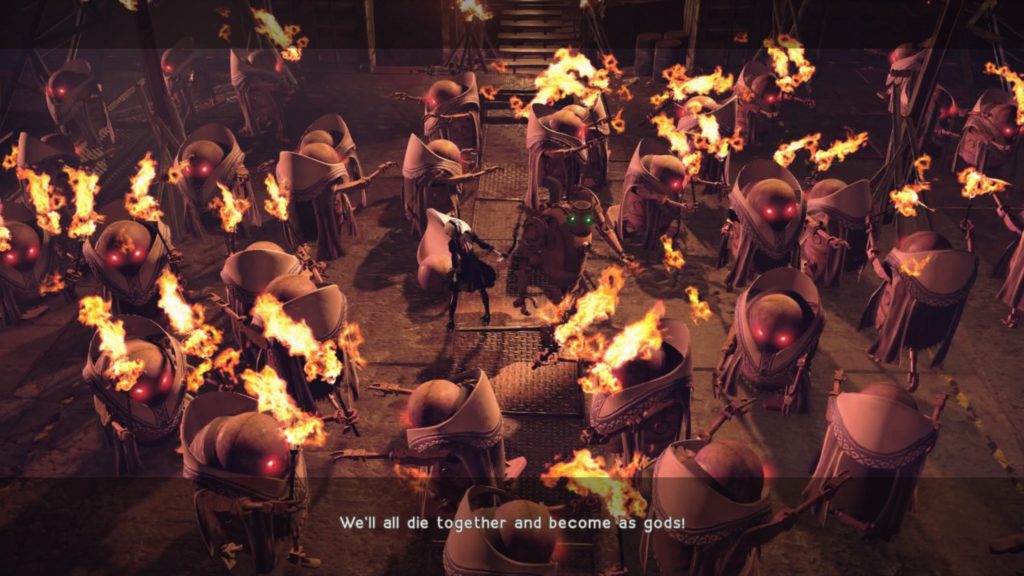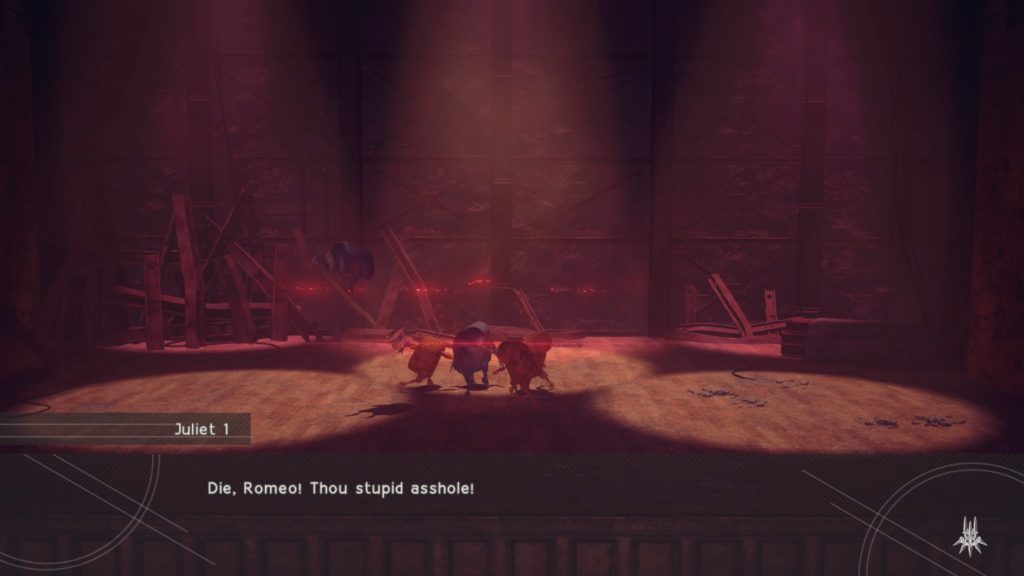- Genre: ARPG
- Platform: PS4
TL;DR
- Phenomenally well made game that brings the series out of its brawler roots and straight into a full blown action RPG.
- Well written characters and story, to the point where they effectively make you hate the son when he’s acting like an ass. Does a good job blending in Norse mythology to what was previously a Greek-focused series.
God of War is one of those series that screams Sony first-party, but it’s been eight years since the Greek timeline games ended. Ya we had Ascension, but that was a prequel and even that was give years ago. After such a long gap, announcing a Norse reboot / sequel was already a head turner. Announcing it as a drastic genre departure was another, with this game now being very much an action RPG with all the free roam trappings that come with it. Side quests, item collection, crafting, upgrades, skill trees and more are all there. Despite it all, this is both extremely fitting for the series, and quite possibly the best entry of them all.

This first screen shot says a lot about the differences in this game relative to the original. For one thing, Kratos now has a son and he hasn’t managed to accidentally kill him in a rage. Beyond that though, you start to see little details. The son brings in a set of ranged combat possibilities that add some new depth to the core combat. Kratos is wearing gear that was crafted at a vendor. We’re clearly no longer romping around in Greece. On the far left, Kratos is using an axe instead of blades (although the blades come back later). Basically, this is still God of War, but it’s not quite what we’re used to.
The combat front straddles that line between familiar and new in a really good fashion. This is still melee-chain combat, but it’s not quite as high speed as the original. You still have your light and heavy attacks, but there’s a much larger focus on parrying and dodging. Later on in the game, you end up juggling between frost and fire weapons based on the enemies that you are attacking, so there’s some built-in strategy. The skill tree that is there brings in some familiar special attacks, but the risk of being hit during them is much higher, so their timed use becomes much more important.
It’s the son that ultimately brings in some of the big changes. While his positioning isn’t directly controllable by the player, his basic move set is. He’s got arrows that can be fired at enemies, sometimes for additional damage, sometimes for the use of crowd control, sometimes for the use of stunning to allow Kratos to get damage in. He’s also got some special attacks that can be triggered on cooldowns. However, it’s his passive skill growth that becomes the most useful. By late game, he’s got skills that allow him to engage in melee combat more often, including things like hopping on enemies backs as distractions and doing his own quick hitting melee. Basically, as the son grows as a plot device, he becomes inherently more useful as a combat device, and it eliminates the frustration that typically comes with escort-based secondary characters.
Now, that’s not to say that moving to more of a core RPG combat has removed some of the flashiness. Case in point:
Holy FUCKhttps://t.co/xXmV2Nk4U5 pic.twitter.com/c7GgicGWvI
— Dan Weiss (@schenksmill) April 25, 2018
The big flashy scenes are largely reserved for finishers in battle, and more specifically generally against bosses and minibosses. Stun kills on trash enemies also have mini-cutscenes, but these are quick hitters and don’t try to keep you out of combat for very long.
Despite the changes, the flow of combat feels phenomenal overall. Most engagements are going to be a heavy mix of attacking, watching for enemy tells to parry, or really large attacks to dodge. Its a system of constant movement, rather than a system of waiting for moments, and it really works well.
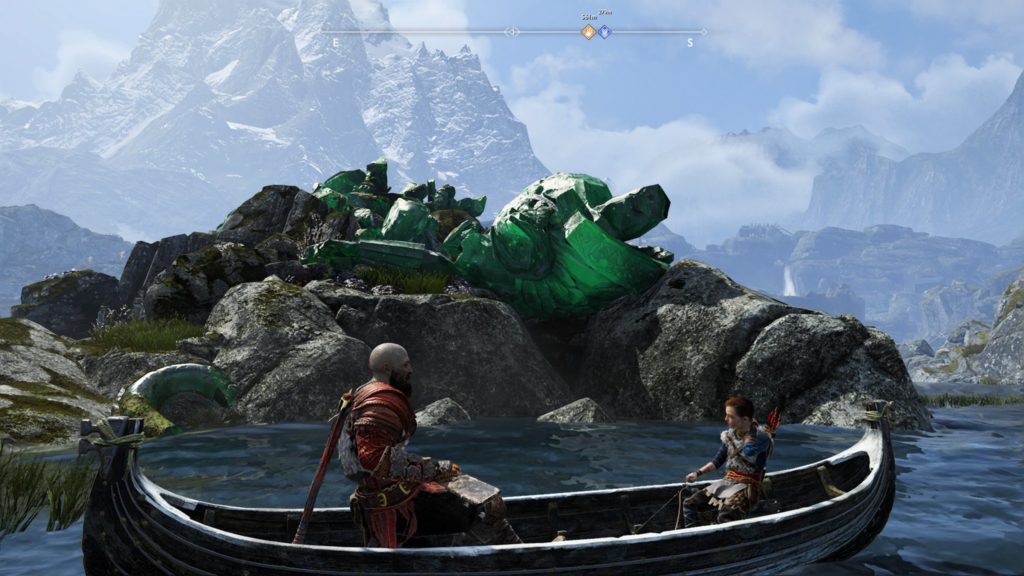
If you really have that RPG itch though, this is also a great game for that. Beyond the main story line, there’s side quests and collection galore. For the most part, these simply exist for purposes of getting more gear, but that becomes important for the post-game content. The end boss is by a long shot easier than some of the creatures out in the world and some of those fights are among the most fun in the game to engage in, so you have a lot of reasons to get out there exploring. If you’re a lore or collection nut, there’s also a lot there. Shrines, treasure hunts, rare ingredients, dragons to free, and more are there for exploring. If you’re really feeling brave, there’s also two realms that exist purely for the sake of side quests. Basically, once you finish the game you aren’t really finished if you think you want to get a bunch of hours out of this one.
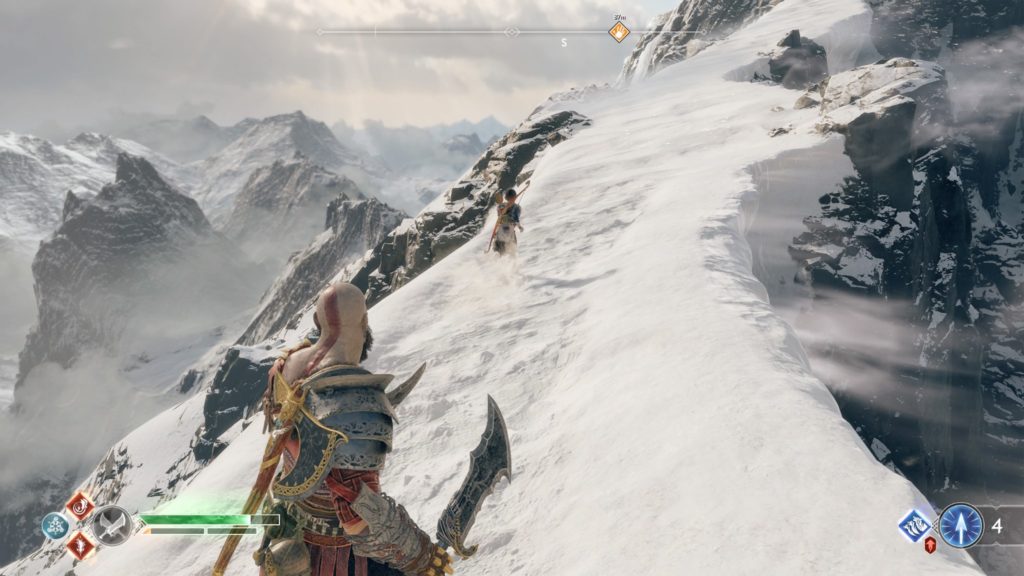
However, the thing that kept me coming back is that this was a well told story. The interplay between Kratos and his son starts off as somewhat hilarious on the surface as Kratos pretty much spends hours yelling BOY GET OVER HERE. However, once the boy finds out what he really is, he becomes effectively a pompous ass for an arc of the game. The fact that I was legitimately pissed at the kid says a lot about how effective their writing was. The gods they meet throughout, the secrets beneath the surface, and to the end of the game the little plot twists that were thrown in were all part of what would make this one great, even for folks watching it like a movie alongside someone playing.
So, I guess I’m somewhat surprised even if I shouldn’t be. The God of War series has always been somewhat of a hallmark for the quality of Sony’s first-party teams. However, it always was kind of a brawler with a cool theme, and not necessarily a super deep experience. This one turns all that on its head, giving us an extremely deep action RPG that still feels familiar despite all the changes. The fact that they so fundamentally evolved this series is a phenomenal achievement. This is the type of game that turns other platform traditionalists into PlayStation owners, and I can’t recommend it enough to go out and play it now.


